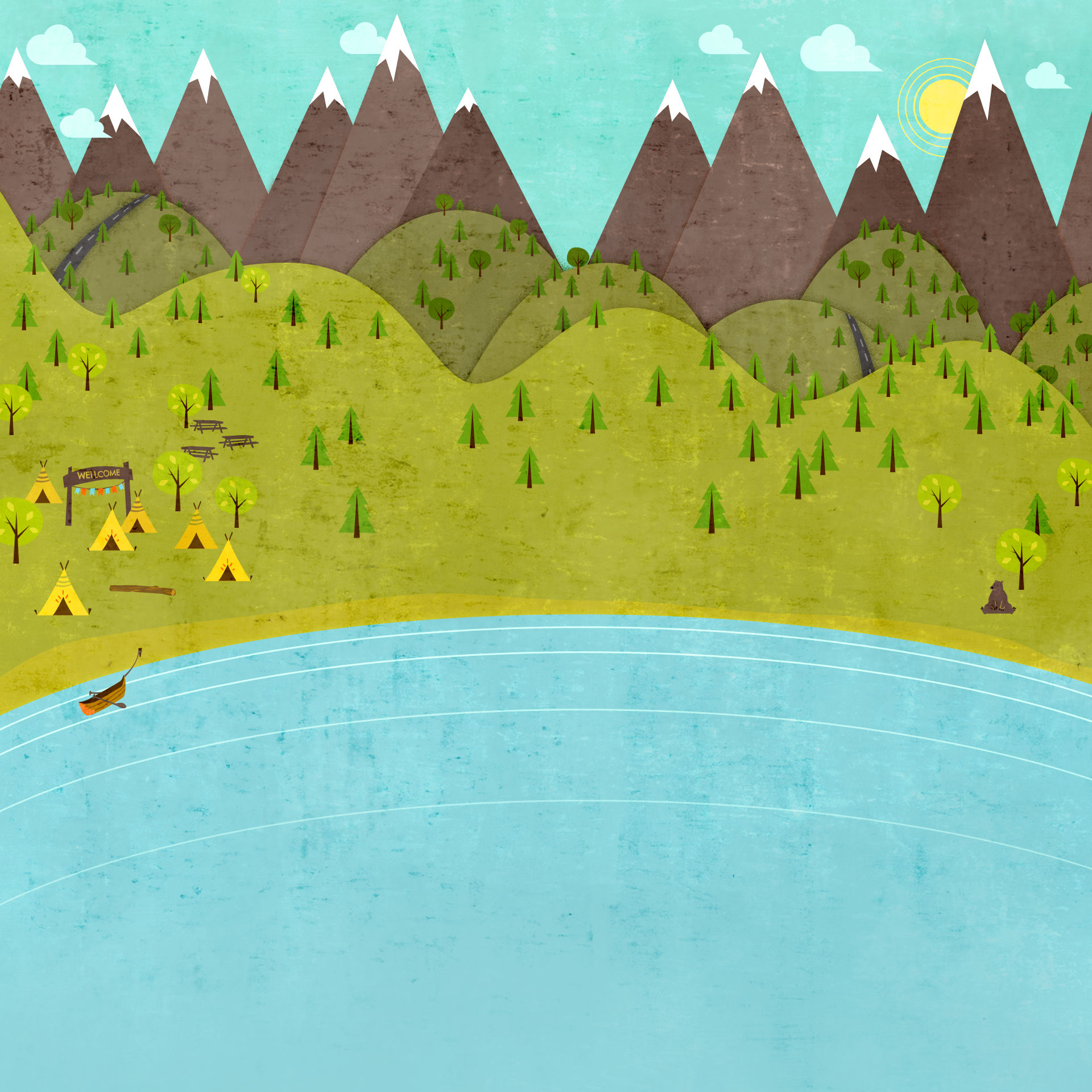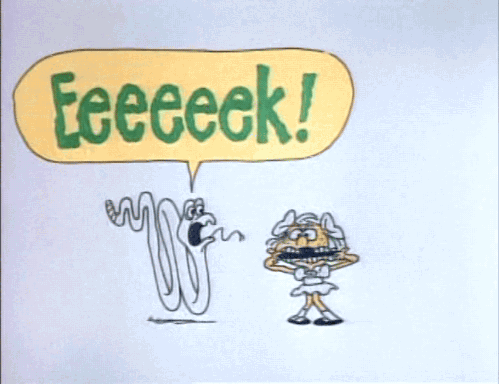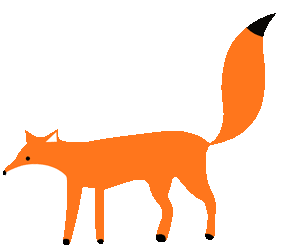

Miss Holland's Reading Lessons
Eeeeek! with /E/
Beginning Reading
By: Katie Holland

Rationale:
This lesson teaches children about the long vowel correspondence ee = /E/. In order to be able to read, children must recognize the spellings that map out word pronunciations. In this lesson, the students will be able to recognize, spell and read words containing the correspondence ee = /E/. The memorable representation (The surprised sound of eek! As if we saw a spider) will help the children spell and read words containing this spelling in a letterbox lesson, and read a decodable book that focuses on the correspondence ee = /E/.
Materials:
Graphic image of eek with a spider representing the surprised sound “eek;” coverup critter, whiteboard or smartboard Elkonin boxes for modeling and individual Elkonian boxed for each student; letter manipulatives for each child and magnetic or smartboard letters for teacher: s, p, e, e, e, t, b, r, d, h, l, f, c, k; list of spelling words on poster or whiteboard to read: 3 phonemes-(feet, peel, sheep) 4 phonemes-( breed, fleece, speck); decodable text: The Mean Geese and assessment worksheet.
Procedures:
-
Say: In order to become expert readers we need to learn the code that tells us how to pronounce words. We have already learned to read short vowels with words like, pet, and today we are going to learn about Long e. /E/ sounds like a sound we make when we see a creepy crawly spider: Eek!(show graphic Eek image).
-
Say: Before we learn about the spelling of /E/, we need to listen for it in some words. When I listen for /E/ in words, I hear ee say its name /E/ and it sounds like my surprised Eek sound. I’ll show you first: seen. I heard ee say it’s name and it sounded like that surprised Eek sound! (make a gesture of surprise to represent the Eek sound in /E/). The two e’s make a long E in seen. Now I’m going to see if it’s in heard. Hmm, I didn’t hear E say it’s name and it didn’t sound like I was surprised. Now you try. If you hear /E/ say “Eek!” If you don’t hear /E/ say, “That’s not it.” Is it in speed, slow, seat, bench, heat, air? (Have children make surprised eek! gesture when they hear the /E/ sound)
-
Say: Now lets look at the spelling of /E/ that we’ll learn today. One way to spell /E/ is with two e’s. (Write ee on the board.) This means that two e’s make the long /E/ sound. What if I want to spell the word creep? “I creep toward the door to surprise my parents.” In this sentence, creep means to sneak. To spell creep in the letterbox, first I need to know how many phonems I have in the word so I stretch it out and count: /c/ /r/ /E/ /p/. I need 4 boxes. I heard that /E/ just before the p so I am going to put the two e’s in the 3rd box. The word starts with c, that’s easy I need a c. Now I’m going to say it slowly, /c/ /r/ /E/ /p/. I think I heard growling /r/ so I need an r. What’s left? That’s right, /p/. The p goes in the 4th box. Now I have spelled the word creep.
-
Say: Now I am going to have you spell some words in letterboxes. You’ll start out easy with 3 boxes for feet. “My feet probably stink!” What should go in the first box? (respond to children’s answers). What about the two e’s, did you remember that they go together in the same box? (Observe progress.) You’ll need 3 boxes for the next word also. Listen for beginning sound that goes in the first box. Then listen for /E/ and don’t forget to put the two e’s together. Here’s the word: peel, I almost slipped on a banana peel; peel. (Allow children to spell words.) Time to check your work, watch how I spell it in my letterbox on the board: p-ee-l and see if you spelled it the same way. Try another with 3: sheep; I watched the sheep stick together in a flock. Remember that sh stay together in the same box. (Have a volunteer spell it in the letterbox on the board for children to check their work. Repeat this step for each new word. Use the 4-phoneme words. Breed: Breed means a type of animal. That is my favorite breed of dog. Speck: Did speck have two e’s? No? That’s right, t does not sound like /E/. Fleece: Fleece is a type of material. My fleece jacket is very soft; fleece. Did you remember to put the silent e after the last box?
-
Say: Now I am going to let you read the words you’ve spelled, but first I’ll show you how I would read a tough word. (Display poster with screech on the top and model reading the word.) First I see there are two e’s, that means it makes the /E/ sound. I’m going to cover up to get the first part. (Uncover and blend sequentially before the vowel, then blend with the vowel.) /s//c/=/sc/+/r/=/scr/. Now I’m going to blend that with /E/ = /scrE/. Now I need the phoneme /ch/ = /scrEch/. Screech; that’s it. Now it’s your turn, everyone together. (Words to read: feet, peel, sheep, breed, fleece, speck.) (Have children read words in unison. Afterwards, call on individuals to read one word on the list until everyone has had a turn.)
-
Say: You’ve done a great job and reading words with our new spelling for /E/=ee. Now we are going to read a book called The Mean Geese. This is a story about a cat named Scat and a dog named Lad. Scat and her kittens run into the mean geese. Lad tries to protect Scat and her kittens. Let’s pair up and take turns reading The Mean Geese to find out what happens to Scat and her kittens. (Children pair up and take turns reading alternate pages each while teacher walks around the room monitoring progress. After individual paired reading, the class rereads The Mean Geese aloud together, and stops between page turns to discuss the plot.)
-
Say: That was a fun story. What happened to Lad? That’s right, he got all messy running away from the geese. Before we finish our lesson about ee = /E/, I want to see how you can solve a reading problem. On this worksheet, we have some pictures with different words to describe what the picture is. Your job is to choose the word that describes the picture with the Eek sound! After you choose, make sure to read over all of your answers to see if they make sense. (Collect worksheets to evaluate individual child progress.)
Resources:
Moody, E., http://ewm0006.wix.com/moody-lesson-desgins - !/cee5
Murray, G. (2006) the Mean Geese. Reading Genie: http://www.auburn.edu/academic/education/reading_genie/bookindex.html
Assessment Worksheet: http://www.enchantedlearning.com/phonics/mc/e-long/
© 2015 by Miss Holland Reading Lessons .Proudly created with Wix.com

